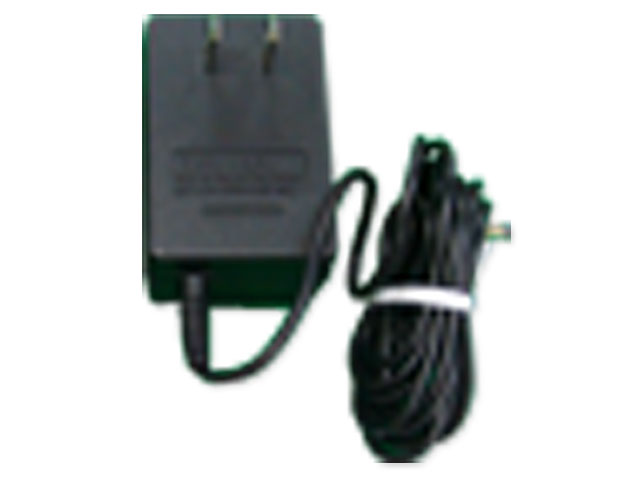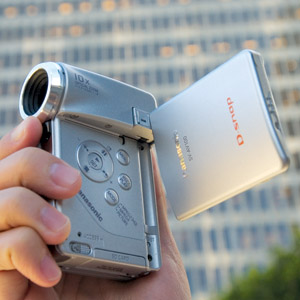
But if you choose to dive into the menus, the main menu should be easy to navigate, and the camera should offer a quick menu for convenient access to key shooting settings.
Panasonic d snap codec full#
Our top pick, the Panasonic Lumix DMC-LX10, has a lens with a maximum aperture of f/1.4 at full wide-angle (24mm) and f/2.8 at full telephoto (72mm). It also allows you to shoot shallow-depth-of-field portrait photos with more pronounced blur (or bokeh) behind your subject.
Panasonic d snap codec iso#
A wide aperture lets in more light, which allows you to shoot at a lower ISO setting (reducing image noise) or a higher shutter speed (reducing blur). Wide-aperture lens: To make the most of their big sensors, these cameras should have lenses with a wide aperture throughout the zoom range-the wider, the better.(If you want to dig deeper, here’s a detailed explanation of the numbers behind the confusingly named sensor sizes.) Since most smartphone cameras use 1/2.3-inch sensors, we targeted cameras with a 1-inch or larger sensor for this guide. This design reduces image noise and allows the sensor to record bright and dark areas in the same shot without turning skies white and shadows black.

All else being equal, a larger sensor has larger pixels, which can capture more light. A sensor's size isn’t the only factor in determining image quality-lens design also plays a major role-but it is a big one.


YouTubers and Twitch streamers will especially appreciate the 4K recording capability, uncompressed HDMI output, and flip-up screens that the top models provide. Better video: The best point-and-shoot cameras are also excellent tools for videography, capable of producing noticeably crisper footage with less noise and more detail than what you get from even a flagship smartphone.Many also provide nifty extras, such as a flip-up screen or an electronic viewfinder, that make shooting easier. More flexible than a phone: Most cameras in this category offer versatile 3x zoom lenses that go from wide-angle to portrait focal lengths without degrading the image quality.Their large sensors and wide-aperture zoom lenses capture lots of light, providing most of the power of a full DSLR or mirrorless system without the bulk of a larger body and a set of lenses. Still portable: Although these cameras are bigger than phones, they’re still compact enough to slip into a jeans or jacket pocket, or a small bag, without weighing you down.The difference is night and day when you’re tracking moving subjects like sports, kids, and pets. Fast focusing: Smartphones focus much more quickly today than they used to, but they’re still nowhere near as fast as a proper camera with a proper autofocus system.They’re a great way to start if you’re just beginning to get serious about photography. Room to grow: Although you can just pick up one of these cameras, point, and shoot, they also include all the custom controls you’d get from more-expensive DSLRs and mirrorless cameras.Smartphone-like shooting: Most advanced point-and-shoots have a touchscreen interface for changing essential settings and choosing your focus point, which makes the step up from smartphone photography even smoother.Better image quality: These cameras use much larger image sensors than phones do, offering correspondingly improved image quality-especially indoors or when the sun goes down, thanks to better low-light performance.


 0 kommentar(er)
0 kommentar(er)
